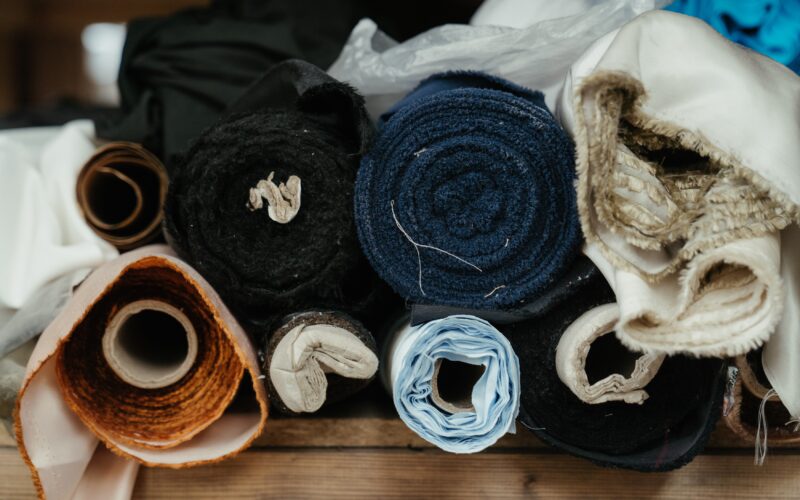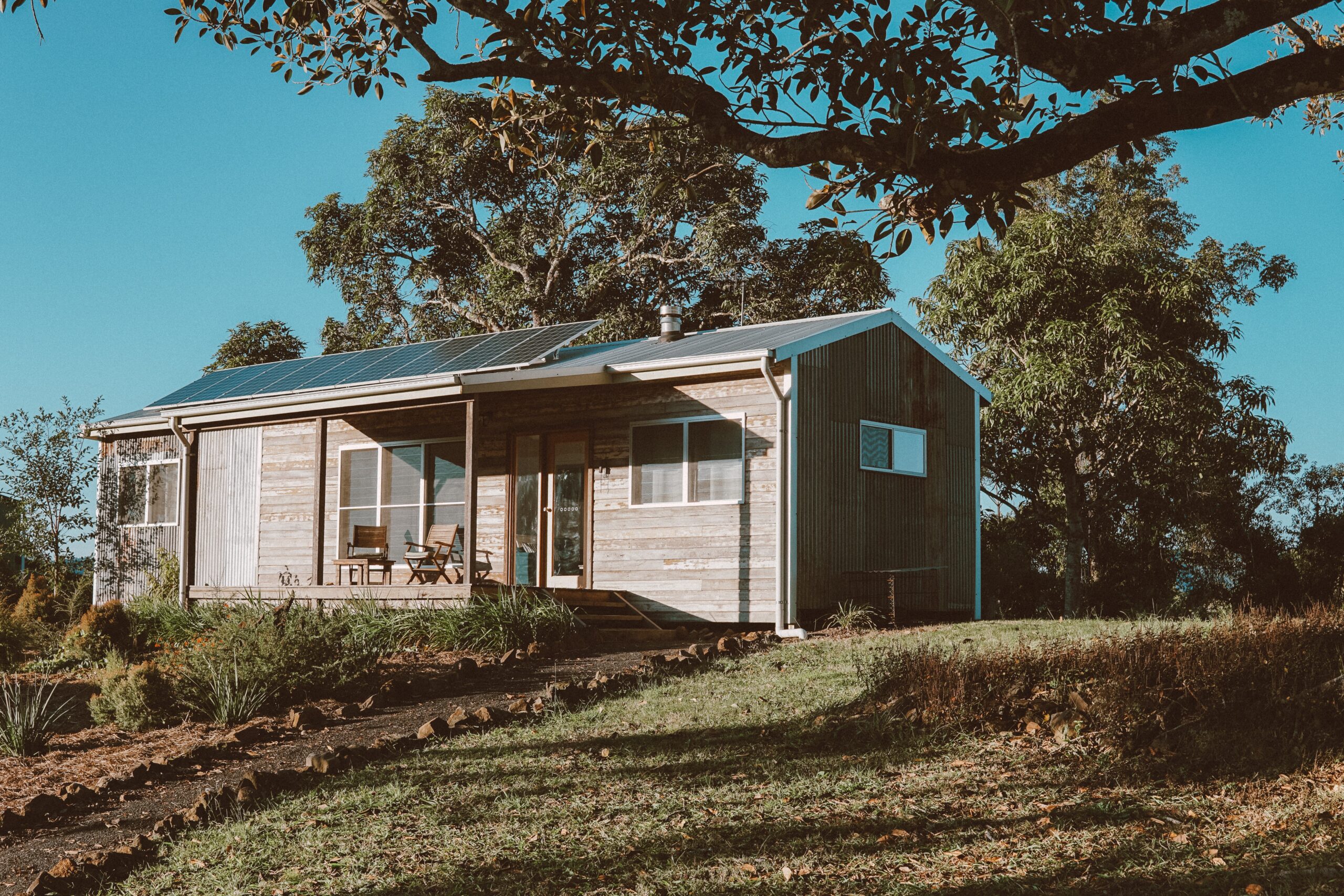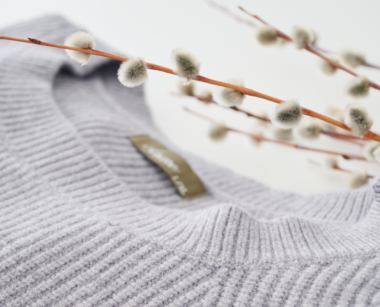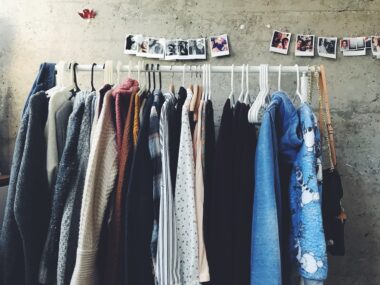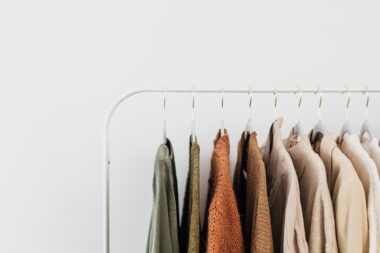A sustainable fabric requires minimal energy and resources to produce and has minimal impact on the environment, during its use and at the end of its life. Most synthetic fibres like polyester, nylon and rayon are made using energy intensive processes. These fabrics are also known to release harmful microplastics into the environment during use. But natural fibres, like cotton, are also energy intensive to produce and aren’t usually recycled at the end of their life. So which fabrics are the most eco-friendly option? In this article, we explore which fabrics are sustainable and which ones we might want to keep to a minimum.
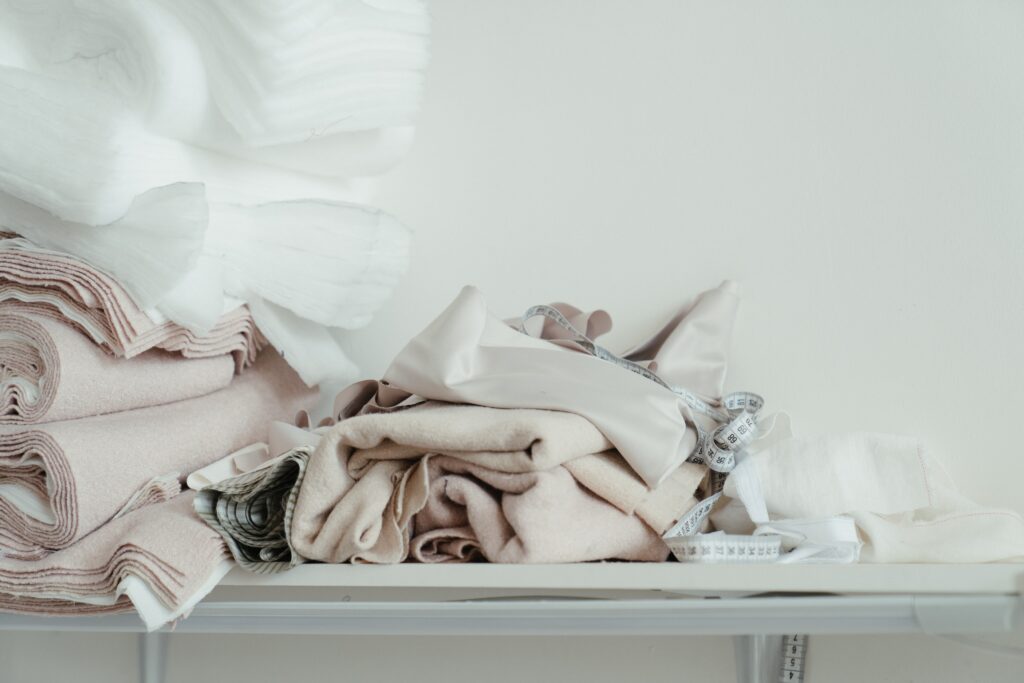
1. Recycled Cotton
Many negative environmental impacts from cotton production come from the beginning of the process. Due to high volumes of water and pesticide usage during production, cotton isn’t typically considered an eco-friendly option. But recycled cotton aims to eliminate the water and chemical intensive production process by reusing cotton. By keeping cotton from landfills and giving it a new life, recycled cotton can reduce many of the harmful impacts of textile production.
Sustainability Facts
- Water Use: 583 m3 per 1000kg
- Biodegradable: Yes
- Carbon Emissions: 4380 kg CO2 per 1000kg
Recycled cotton typically comes from pre-consumer cotton (textile waste) rather than post-consumer cotton (used clothing). Because cotton fibres lose some strength when reprocessed, recycled cotton is lower quality and usually blended with new cotton. So while it’s not completely carbon neutral, it’s more environmentally friendly than new cotton.
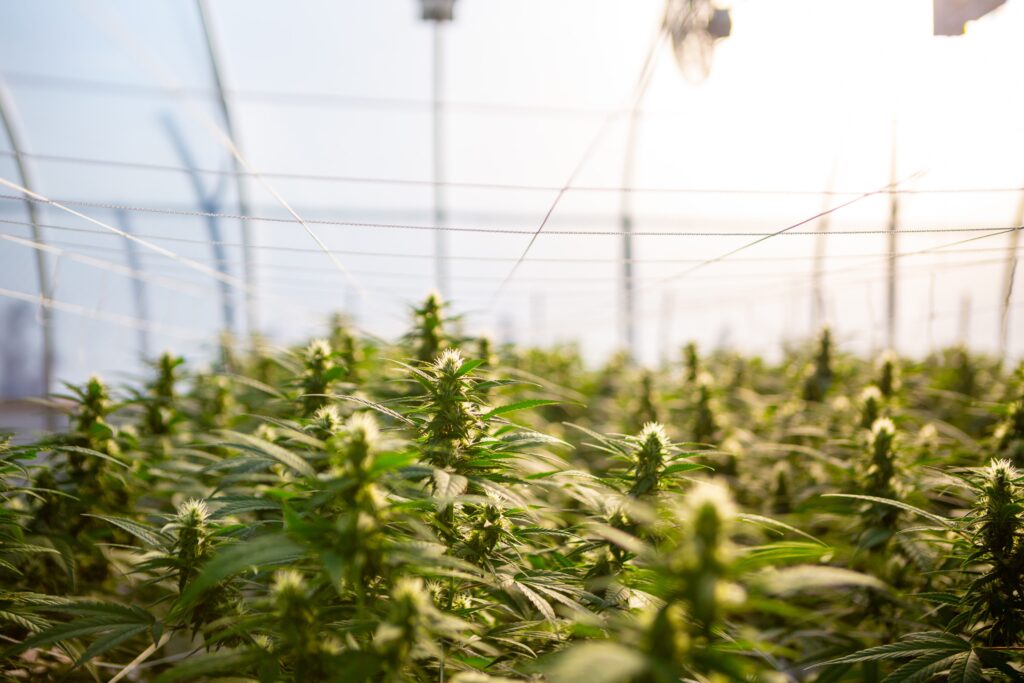
2. Organic Hemp
Hemp is one of the most sustainable crops and one of the first ones we thought of when exploring which fabrics are sustainable. To start, it require less water and emits fewer carbon emissions than cotton. Industrial hemp is native to central Asia, although the resilient crop can grow almost anywhere requiring no industrial pesticides or herbicides. This naturally eco-friendly plant grows extremely fast, typically faster than weeds, so pest control isn’t a huge issue with this crop.
Sustainability Facts
- Water Use: 343 m3 per 1000kg
- Biodegradable: Yes
- Carbon Emissions: 4 kg CO2 per 1000kg
Hemp was once a popular material for textiles, rope and paper due to its cost effective production and long-lasting qualities. It’s said that a hemp t-shirt can last two or three times longer than a cotton t-shirt while having the same breathability and softness. Unfortunately due to its association with cannabis, hemp production stopped entirely in the US and the UK after WWII. However, in recent years restrictions were lifted and hemp production increased globally. The global hemp industry is expected to reach 16.75 billion USD by 2030 as businesses and consumers look for more sustainable materials.
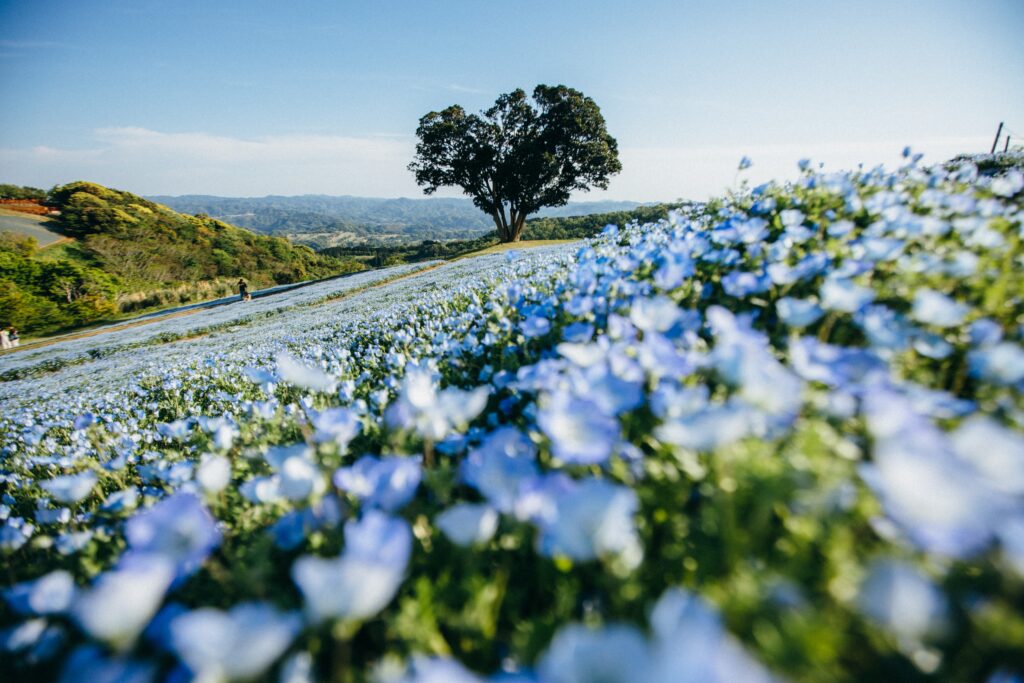
3. Organic Linen
Linen, particular organic linen, was another top of mind fabric when first thinking about which fabrics are sustainable. Made from flax, linen uses less water than cotton, doesn’t require pesticides and can be grown almost anywhere. In addition to creating linen, flax is a no-waste crop that creates linseed oil and flaxseed oil as by-products, making it even more sustainable. Linseed oil is used for wood treatments and varnishes and flaxseed oil is rich in α-linolenic acid (ALA, omega-3 fatty acid), lignans, and fibre.
Sustainability Facts
- Water Use: 213 m3 per 1000kg
- Biodegradable: Yes
- Carbon Emissions: 2250 kg CO2 per 1000kg
Linen is one of the oldest known fabrics dating back to 8,000 BC. And for good reason, linen is a durable, light and breathable fabric, able to keep you cool in heat and warm in cold weather. Similar to hemp, linen gets softer the more you wash it but retains its strength, making it the ideal fabric for long-lasting clothing or bedding. Organic linen doesn’t use any pesticides or harmful synthetic dyes in production. Organic linen is identified by a GOTS certification making it easier to find environmentally friendly linen.
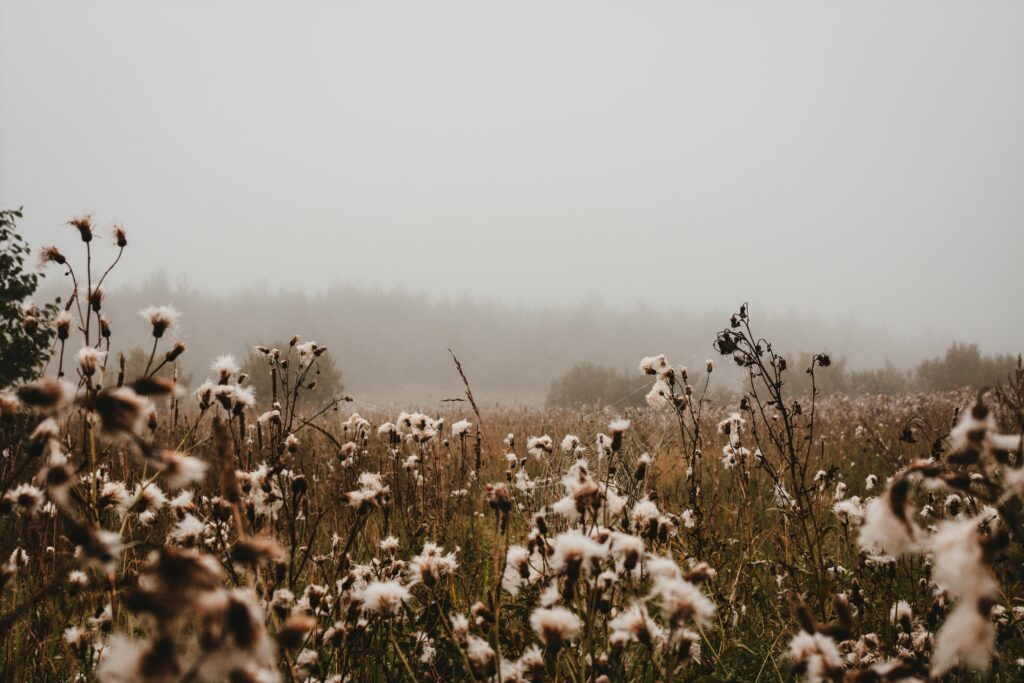
4. Organic Cotton
Cotton is made from the cotton plant, grown mostly in China, India and the United States and is one of the most widely used fabrics covering 50% of the market globally. Conventional cotton production is a water, energy and chemical intensive process, whereas organic cotton aims to reduce or eliminate these environmental impacts.
Sustainability Facts
- Water Use: 1500 m3 per 1000kg
- Biodegradable: Yes
- Carbon Emissions: 2.4 kg CO2 per 1000kg
Organic cotton is grown without the use of GMOs, pesticides, herbicides or fertiliser. Instead, organic cotton farmers use traditional farming methods like crop-rotation, animal manure and trap cropping. In addition, most farmers harvest organic cotton by hand rather than using machinery. These farming methods tend to have a lower yield, between 20-50% lower and reflected in its cost. In some cases there’s more than a 40% price difference in organic cotton and conventional cotton, making it cost prohibitive for some buyers.
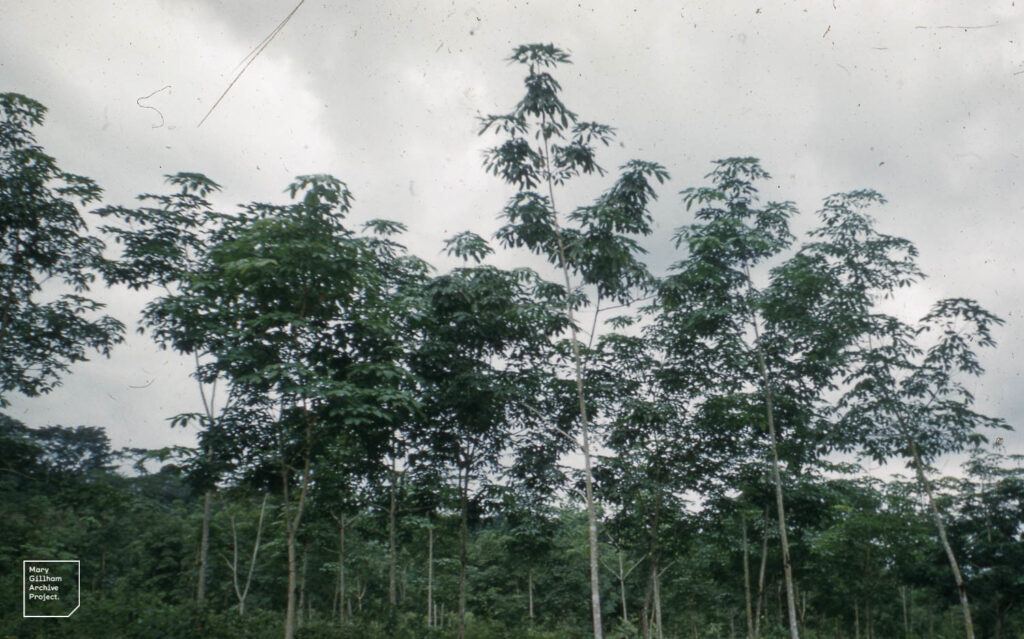
5. Natural Rubber
Finally, the last fabric on our exploration of which fabrics are sustainable is natural rubber. Although not exactly a fabric, you can make clothing items like boots from natural rubber. instead of synthetic rubber. Natural rubber comes from the milk of the Hevea tree, primarily grown in the Amazon region of South America, Asia and Western Africa. These trees grow quickly and can reach heights of 100 feet in the wild. The use of the sap, or “latex”, has ancient origins first discovered by the Olmec, Maya, and Aztec and used to make clothing waterproof, similar to how we use rubber for footwear today.
Sustainability Facts
- Water Use: 20,000 – 30,000 m3 per 1000kg
- Biodegradable: Yes
- Carbon Emissions: 540 kg CO2 per 1000kg
Rather than damaging the tree when removing the sap, this process can help the tree and protect it from pests when the sap drips. In addition, supporting sustainable rubber forestry helps promote more investment in this material. The Fair Rubber Association was set up in 2012 to help improve the working conditions of natural rubber farmers. When shopping for natural rubber, look for the Fair Rubber Association label to identify products that meet fair trade criteria.
Sustayn is designed to present the most useful recommendations for environmentally friendly approaches and items. We update links when possible, but note that links can be broken and are subject to change. This post contains information on water usage and carbon emissions, information is cited based on the end of production fabric where available, where information is not available, originating crop production information is cited instead.
